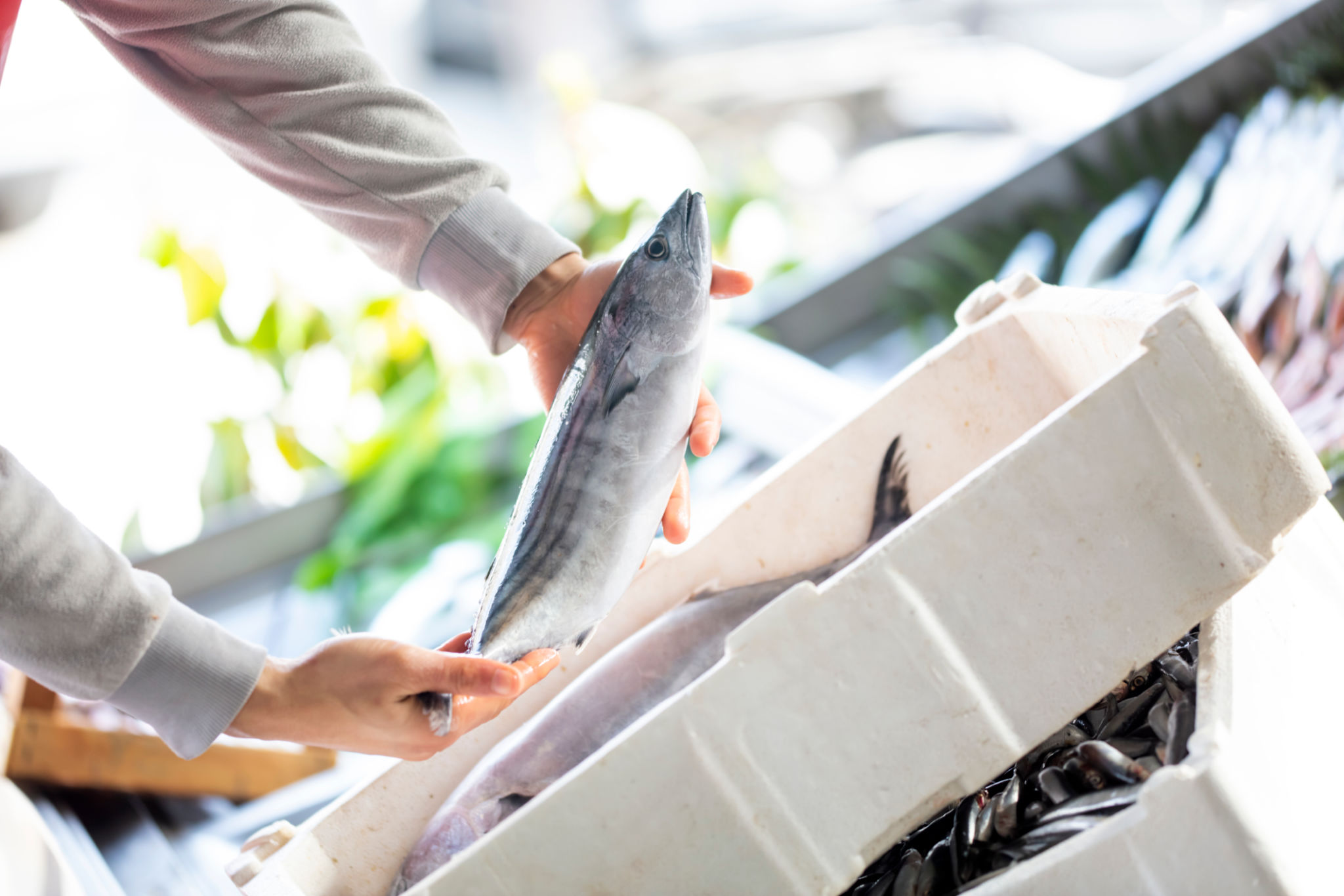How High Pressure Processing Enhances Food Safety and Quality
Understanding High Pressure Processing
High Pressure Processing (HPP) is a cutting-edge technology used in the food industry to enhance both safety and quality. This method involves subjecting food to extremely high pressure, which inactivates harmful microorganisms without the need for heat or chemicals. By maintaining the food's natural taste and nutritional value, HPP provides a compelling alternative to traditional preservation methods.
One of the key advantages of HPP is its ability to extend the shelf life of perishable foods while preserving their freshness. This process is particularly beneficial for products like juices, meats, and ready-to-eat meals. Consumers can enjoy these foods with confidence, knowing they are both safe and delicious.

Enhancing Food Safety
Food safety is a critical concern for both consumers and producers. HPP addresses this by effectively eliminating pathogens such as E. coli, Salmonella, and Listeria. Unlike heat-based pasteurization, HPP does not alter the food's texture or flavor, making it an ideal solution for delicate products like seafood and dairy.
With increasing awareness of foodborne illnesses, the demand for safer food processing methods is on the rise. HPP offers a reliable option that meets regulatory standards while ensuring consumer peace of mind. This technology is rapidly gaining popularity in the food industry as a means to uphold stringent safety requirements.
Preserving Nutritional Value and Flavor
One of the standout benefits of HPP is its ability to preserve the nutritional content of food. Traditional heat treatments can degrade vitamins and minerals, but HPP maintains these essential nutrients, ensuring consumers receive the full health benefits.

Flavor is another critical aspect of food quality that can be compromised by conventional processing methods. HPP retains the natural flavors and aromas of food, providing a superior taste experience. This is particularly important for premium products where taste is a key selling point.
Applications Across Various Food Categories
HPP is versatile and can be applied to a wide range of food products. Some common applications include:
- Juices and Beverages: Retain freshness and extend shelf life without preservatives.
- Meats: Ensure safety and maintain natural tenderness and flavor.
- Seafood: Preserve the delicate texture and taste while ensuring safety.
- Dairy Products: Enhance safety without altering taste or texture.

Environmental and Economic Benefits
HPP is not only beneficial for consumers but also offers environmental advantages. The process reduces the need for chemical preservatives and excessive packaging, contributing to more sustainable production practices. Additionally, by extending shelf life, HPP helps reduce food waste, a significant concern for both businesses and consumers.
From an economic perspective, investing in HPP technology can lead to cost savings over time. By improving product quality and safety, companies can enhance brand reputation and potentially increase market share. The initial investment in HPP equipment is offset by these long-term benefits.